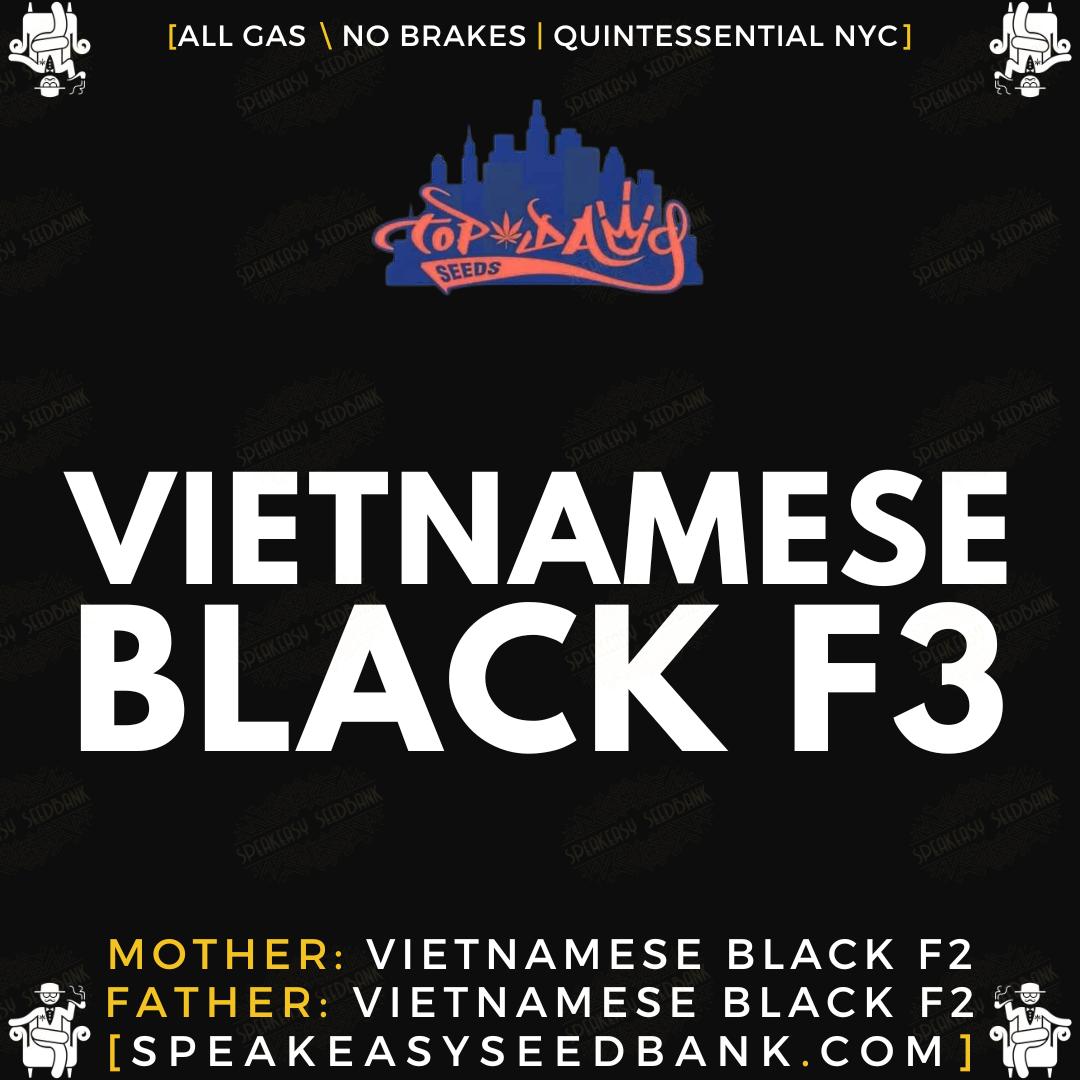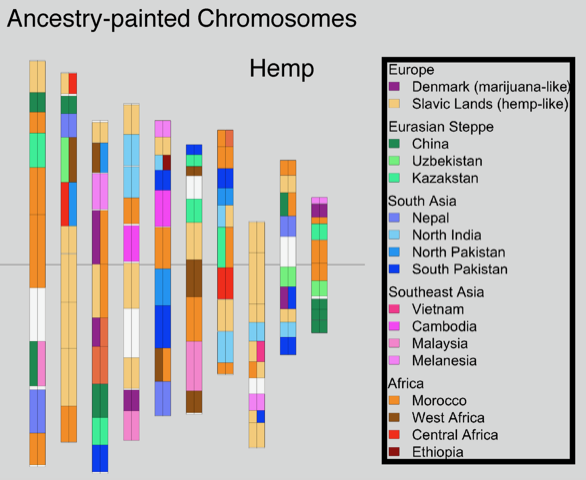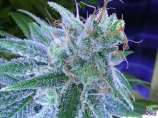acespicoli
Well-known member

A classification of endangered high-THC cannabis (Cannabis sativa subsp. indica) domesticates and their wild relatives
Two kinds of drug-type Cannabis gained layman’s terms in the 1980s. “Sativa” had origins in South Asia (India), with early historical dissemination to Southeast Asia, Africa, and the Americas. “Indica” had origins in Central Asia (Afghanistan, Pakistan, Turkestan). We have assigned unambiguous...
phytokeys.pensoft.net
‘A classification of endangered high-THC cannabis
(Cannabis sativa subsp. indica) domesticates and their wild relatives’
Type specimen for Cannabis sativa subsp. indica var. asperrima (1924)
Legacy
The Leningrad seedbank was preserved and protected through the 28-month long Siege of Leningrad. While the Soviets had ordered the evacuation of art from the Hermitage Museum, they had not evacuated the 250,000 samples of seeds, roots, and fruits stored in what was then the world's largest seedbank. A group of scientists at the Vavilov Institute boxed up a cross section of seeds, moved them to the basement, and took shifts protecting them. Those guarding the seedbank refused to eat its contents, even though by the end of the siege in the spring of 1944, a number of them had died of starvation.When I was a younger man many of the cannabis strains were from bag seed we grew the seed from import
As a collector you think in the beginning it would be nice to have a few strains from a seedbank circa 80-90s
The seedbanks had a origin for most of their strains based on the most popular imports
Since 2000 some of the strain names you would not even be able to follow the lines of origin
Im starting to realize the value of saving diversity as the genetics have become extremely bottle necked
More so than the idea of just indica /sativa, what would you need to have to call it a complete collection.
- Cannabis sativa L.
- Cannabis indica Lam.
- Cannabis ruderalis Janisch
var. indica = domesticated aka landrace (‘Sativas’)
var. afghanica = domesticated aka landrace (‘Indicas’)
var. asperrima = wild-type
var. himalayensis = wild-type
var. spontanea
Photo: RS Angus
Nanda Devi
Genetics: Traditional Himalayan Domesticate (Intermediate “Landrace”)Sourcing: The Real Seed Company, Kumaon Himalaya, 2021 Harvest
Purpose: Charas (hand-rubbed resin)
Latitude: 29° N
Harvest: Mid-August to mid-September
Height: 2 – 5 metres outdoors
Aroma: Floral, tangy, spicy, herbal
Characteristics: Early maturing, soaring high, hardy, humidity tolerant
Classification: C. sativa subsp. indica var. himalayensis
Grow Type: Greenhouse or outdoors
A charming rustic Himalayan hashplant, this is a specialised charas domesticate unique to a few remote villages of northern Kumaon to the east of the Nanda Devi Sanctuary. Unlike typical multipurpose Himalayan crops, this strain is not grown for fibre or seed but instead is used by farmers exclusively for charas. The resin has an intense, soaring high that evens out into a long-lasting buzz.
Unusually fast-flowering for a Himalayan strain, ‘Nanda Devi’ is harvested from mid-August to mid-September during breaks in monsoon rains. Buds are highly resinous and aromatic, producing charas that has a better, stronger high than the distinct large-seeded domesticate (known as ‘dati’) which local villages also cultivate. All Himalayan domesticates occur as components of crop–weed complexes. However, wild-type var. himalayensis traits appear to be more pronounced in this accession than in multipurpose types.
Aromas are floral, tangy, herbal, and spicy. The traditional rustic braided charas this domesticate produces is somewhat harder and coarser than the typical Parvati type, but it has a very distinctive euphoric effect—an uplifting and positive vibe that makes it special.
Fans of Himalayan charas such as the Nepalese of the sixties and seventies will enjoy these plants. Highly recommended for those wanting a pristine, traditional Himalayan charas strain.
Terpene and cannabinoid profile for a standout specimen grown outdoors in Spain:
THC: 10.87%
CBD: 1.05%
CBN: 0.08%
Beta-caryophyllene: 0.42mg/mL
Alpha-pinene: 0.15mg/mL
Beta-pinene: 0.17mg/mL
Myrcene: 0.17mg/mL
Limonene: 0.07mg/mL
Geraniol: 1.56mg/mL
Terpenolene: 0.15mg/mL
Humulene: 1.27mg/mL
Nerolidol-1: 0.23mg/mL
This was a second run. The initial scan showed a higher THC content.
NOTE: An experienced horticultualist running a licensed grow achieved c. 80% germination rates with past accessions just by keeping it simple.
Another cultivator with extensive experience of this accession also writes as follows: “Usually around 25% sprout very quick and healthy. Around a half should take to 4 weeks sometimes a bit more to go on their way with a delayed germ rate depending on the conditions and the care of the farmer. The fourth quarter is unpredictable depending on conditions.”
A report of Nanda Devi seedlings emerging one year after an outdoor grow confirms the strong wild-type component to this strain. Please see the following post on germinating wild-type seed. Don’t throw away seeds that haven’t emerged. They’re most likely dormant.
Photo: RS Angus
Kurgan
Genetics: Wild-type Urals CannabisSourcing: Russian Landrace Bureau, Kurgan Oblast, Southern Urals, Russia, 2019
Purpose: n/a
Latitude: 54° N
Harvest: Mid to late August
Height: 1.5 – 4 metres outdoors
Aroma: Lavender
Characteristics: Early maturing to autoflowering; CBD
Classification: C. sativa ssp. sativa var. spontanea
Grow Type: Outdoors, greenhouse
These seeds were hand-picked from day-neutral (‘autoflowering’) wild-type stands in the southern Urals, Russia. The collectors selected plants for their strong and sweet aromas, most notably a marked lavender scent. In the vernacular taxonomy, this type of Cannabis is known as Ruderalis.
According to the collectors, these plants did not have a psychoactive effect beyond being very slightly ‘stoney’. The southern Urals are not known to have a history of cultivating Cannabis for use as an ‘intoxicant’. In other words, these populations could be classified in the Small and Cronquist taxonomy as subsp. sativa var. spontanea, i.e. ruderal hemp. The predominant cannabinoid is likely CBD.
On the spectrum from domesticated to “wild”, these Urals populations appear to be very weedy. For breeders and collectors, their value is in their biodiversity, hardiness, and early finishing time.
var. asperrima = wild-type ... to be continued
Last edited:









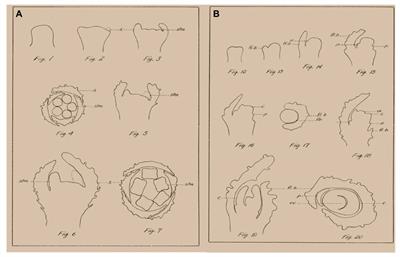

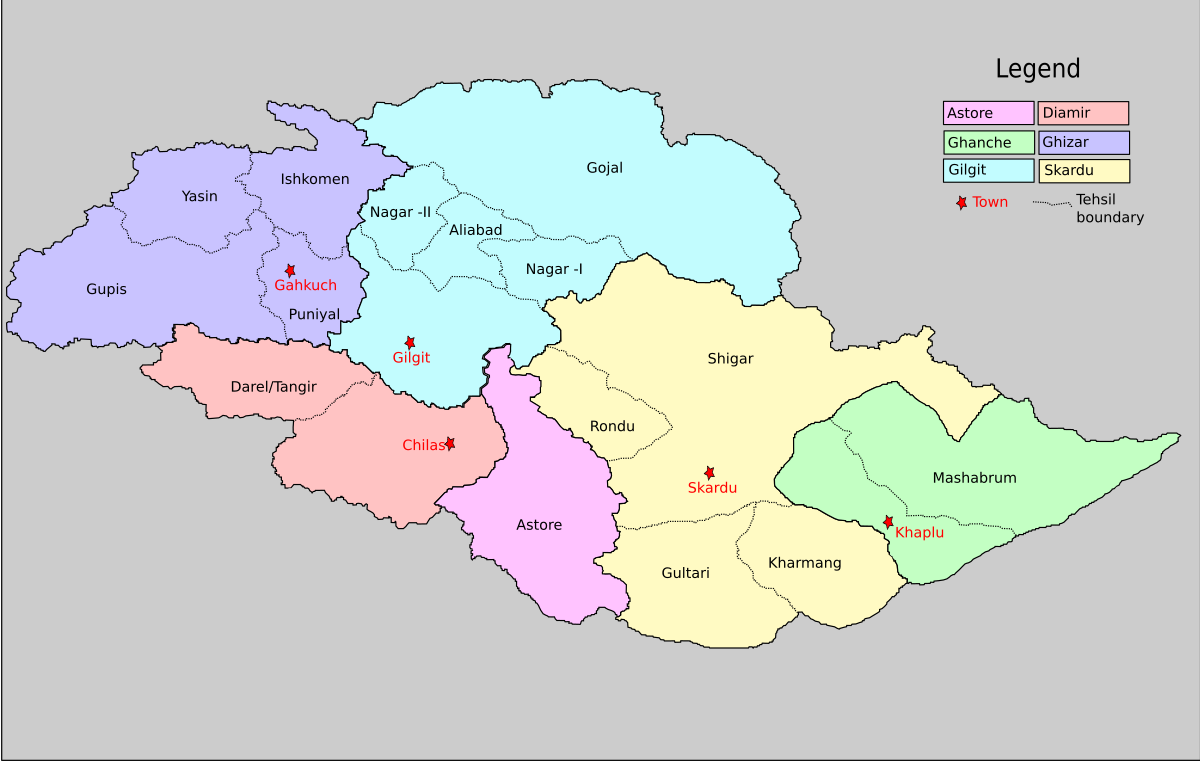
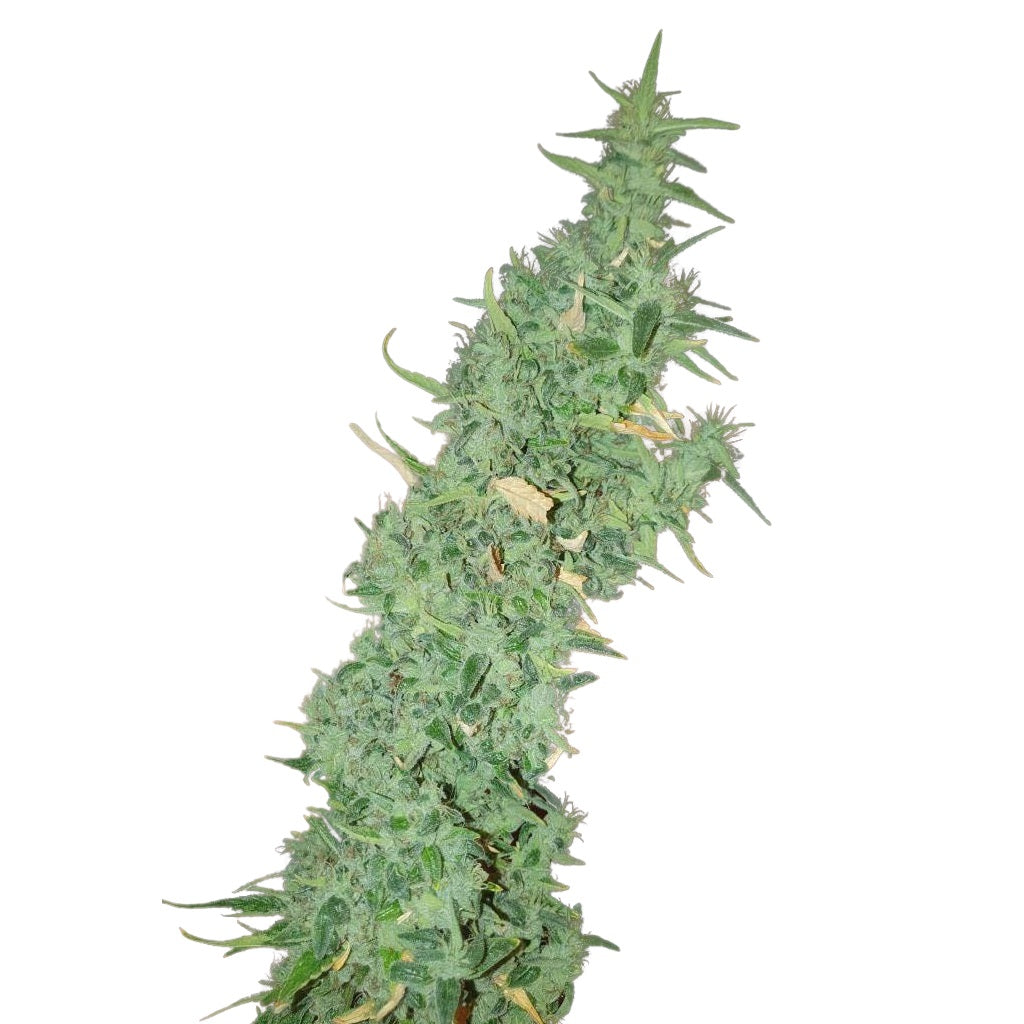



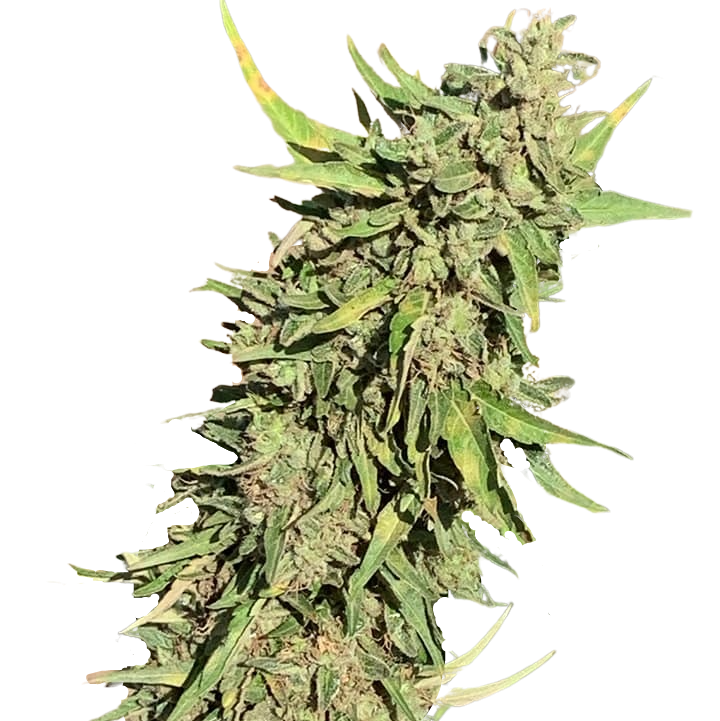


 enjoy!
enjoy!